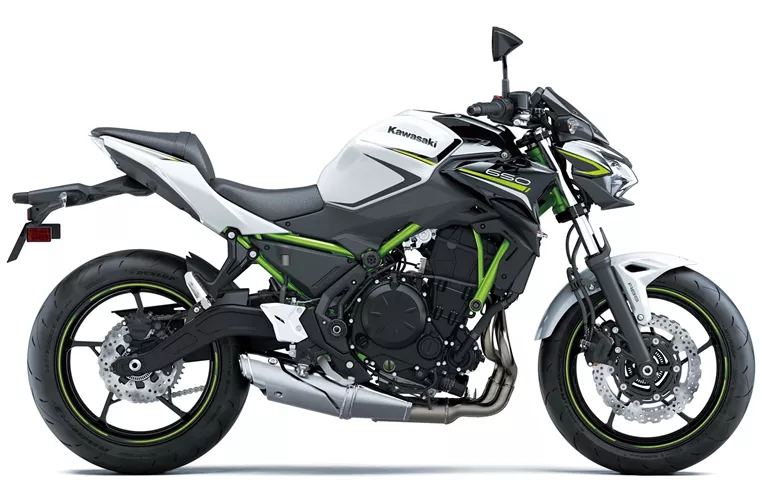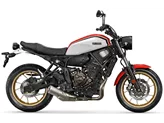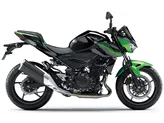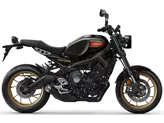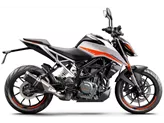Yamaha XSR700 2016 vs. Kawasaki Z650 2020

Yamaha XSR700 2016
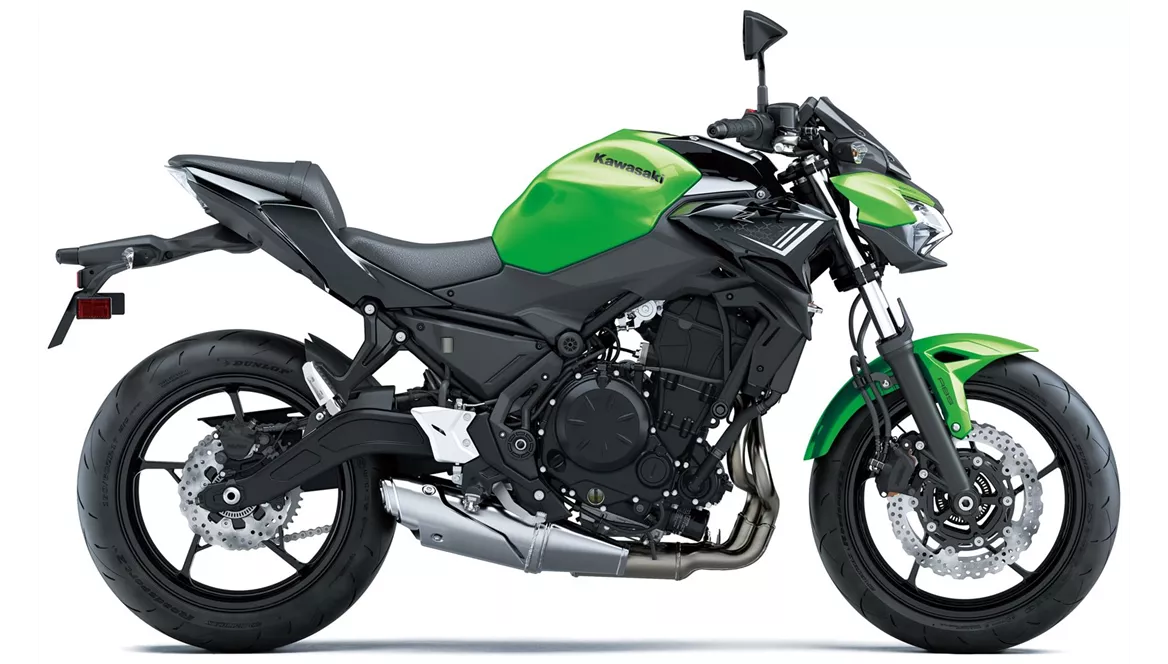
Kawasaki Z650 2020
Vue d’ensemble - Yamaha XSR700 2016 vs Kawasaki Z650 2020
When comparing the Yamaha XSR700 2016 and the Kawasaki Z650 2020, there are several notable differences and similarities to consider.
Starting with the engine and drive train, both motorcycles have an inline two-cylinder engine with liquid cooling and fuel injection. The Yamaha XSR700 has a slightly higher engine power of 75 HP compared to the Kawasaki Z650's 68.2 HP. However, the torque output of the XSR700 is slightly lower at 68 Nm compared to the Z650's 65.7 Nm. In terms of displacement, the XSR700 has a slightly larger engine at 689ccm, while the Z650 has a displacement of 649ccm.
Moving on to the suspension, both bikes feature a telescopic fork front suspension and a swing arm rear suspension with a monoshock absorber. The chassis for both motorcycles is made of steel, providing stability and durability.

Yamaha XSR700 2016
In terms of braking, both bikes have double disk front brakes. However, there are some differences in the specifications. The Yamaha XSR700 has a front brake diameter of 282mm with four pistons, while the Kawasaki Z650 has a larger front brake diameter of 300mm with double pistons.
Both motorcycles are equipped with ABS as part of their advanced rider assistance systems, providing added safety and control.
When it comes to dimensions and weights, there are slight variations between the two bikes. The Yamaha XSR700 has a front tire width of 120mm and a rear tire width of 180mm, while the Kawasaki Z650 has a slightly narrower rear tire width of 160mm. Both bikes have a 17-inch front and rear tire diameter. The wheelbase of the XSR700 is 1405mm, while the Z650 has a slightly longer wheelbase of 1410mm. The seat height of the XSR700 is 815mm, whereas the Z650 has a lower seat height of 790mm. The kerb weight of the XSR700 with ABS is 186kg, while the Z650 weighs slightly more at 187.1kg. The fuel tank capacity of the XSR700 is 14 liters, while the Z650 has a slightly larger fuel tank capacity of 15 liters.
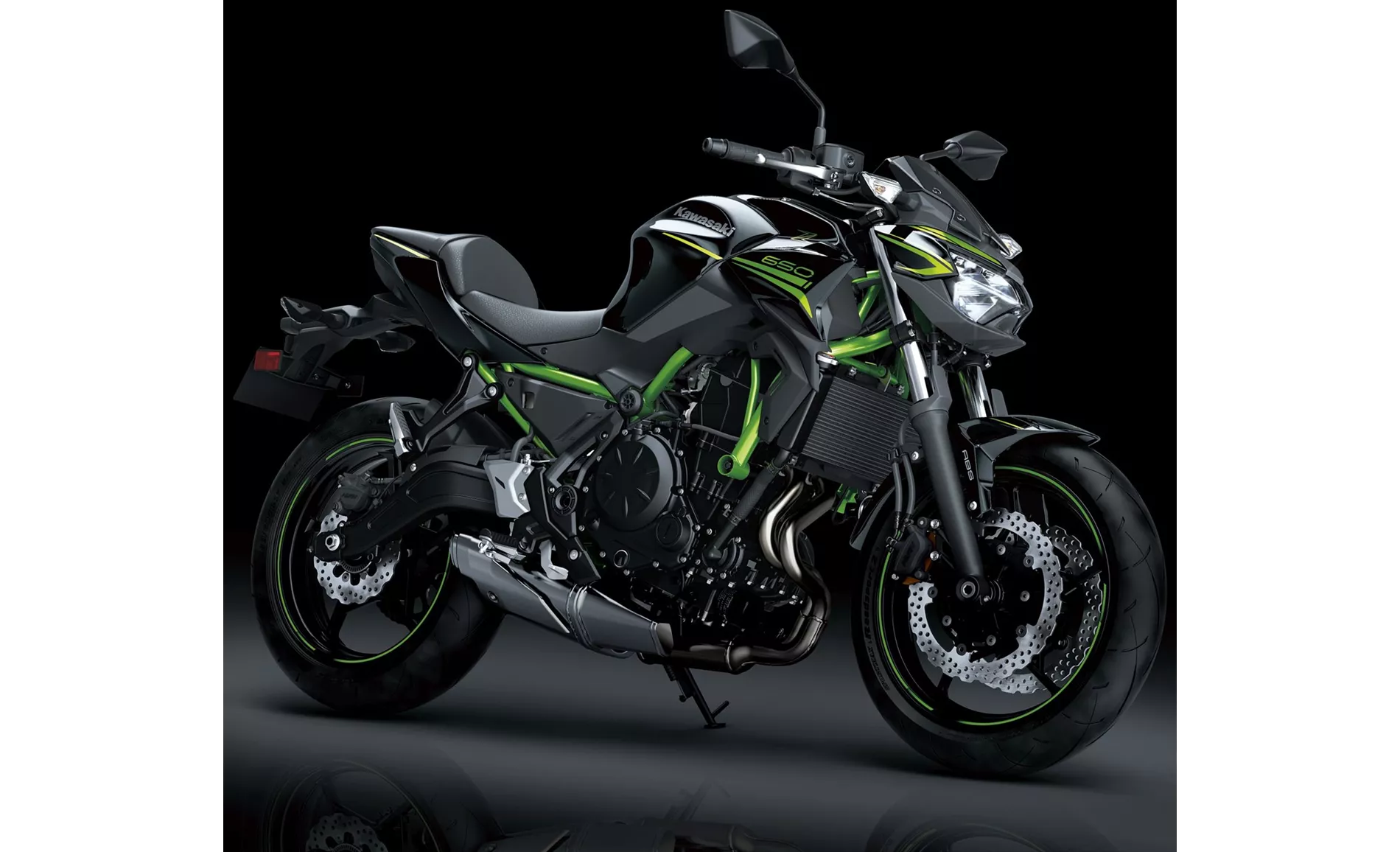
Kawasaki Z650 2020
In terms of strengths, the Yamaha XSR700 is praised for its elastic motor, direct transmission, easy handling, and good build quality. On the other hand, the Kawasaki Z650 is commended for its powerful two-cylinder engine, aggressive intake noise, compact dimensions, low seat height, stable chassis, TFT display with connectivity, and grown-up look.
However, there are also weaknesses to consider. The XSR700 is criticized for its too soft chassis and seating position that may require some getting used to. The Z650, on the other hand, has been noted to have a front brake pressure point that could be improved, potentially being uncomfortable for taller riders, and the Rideology App may not be as sophisticated as desired.
In conclusion, both the Yamaha XSR700 2016 and the Kawasaki Z650 2020 have their own strengths and weaknesses. The XSR700 offers a slightly more powerful engine and a larger displacement, while the Z650 boasts a lower seat height and a more aggressive look. Ultimately, the choice between the two would depend on the rider's preferences and priorities.
Caractéristiques techniques Yamaha XSR700 2016 par rapport à Kawasaki Z650 2020
Avantages et inconvénients en comparaison
Avantages et inconvénients en comparaison
Yamaha XSR700 2016

Si l'on veut une moto d'entrée de gamme avec laquelle on sera longtemps heureux, mais qui a en même temps un look rétro cool, on ne peut pas passer à côté de la Yamaha XSR 700. Avec la MT-07 comme base technique, on achète probablement la moto pour débutants la plus populaire du moment - mais dans une autre présentation. Le plus grand atout de la XSR 700 est son bicylindre en ligne incroyablement élastique, qui ne surcharge pas les débutants et n'ennuie pas les motards expérimentés. La réponse à l'accélération est agréablement directe et la puissance se déploie de manière très harmonieuse, il n'y a jamais de moment 'hop'. Toutefois, la XSR 700 doit être considérée comme un cruiser décontracté plutôt que comme une moto sportive. Le châssis se cabre très facilement en conduite rapide et apporte de l'insécurité au véhicule. Les pilotes expérimentés s'en sortiront facilement, mais les débutants risquent d'être dépassés.
Kawasaki Z650 2020
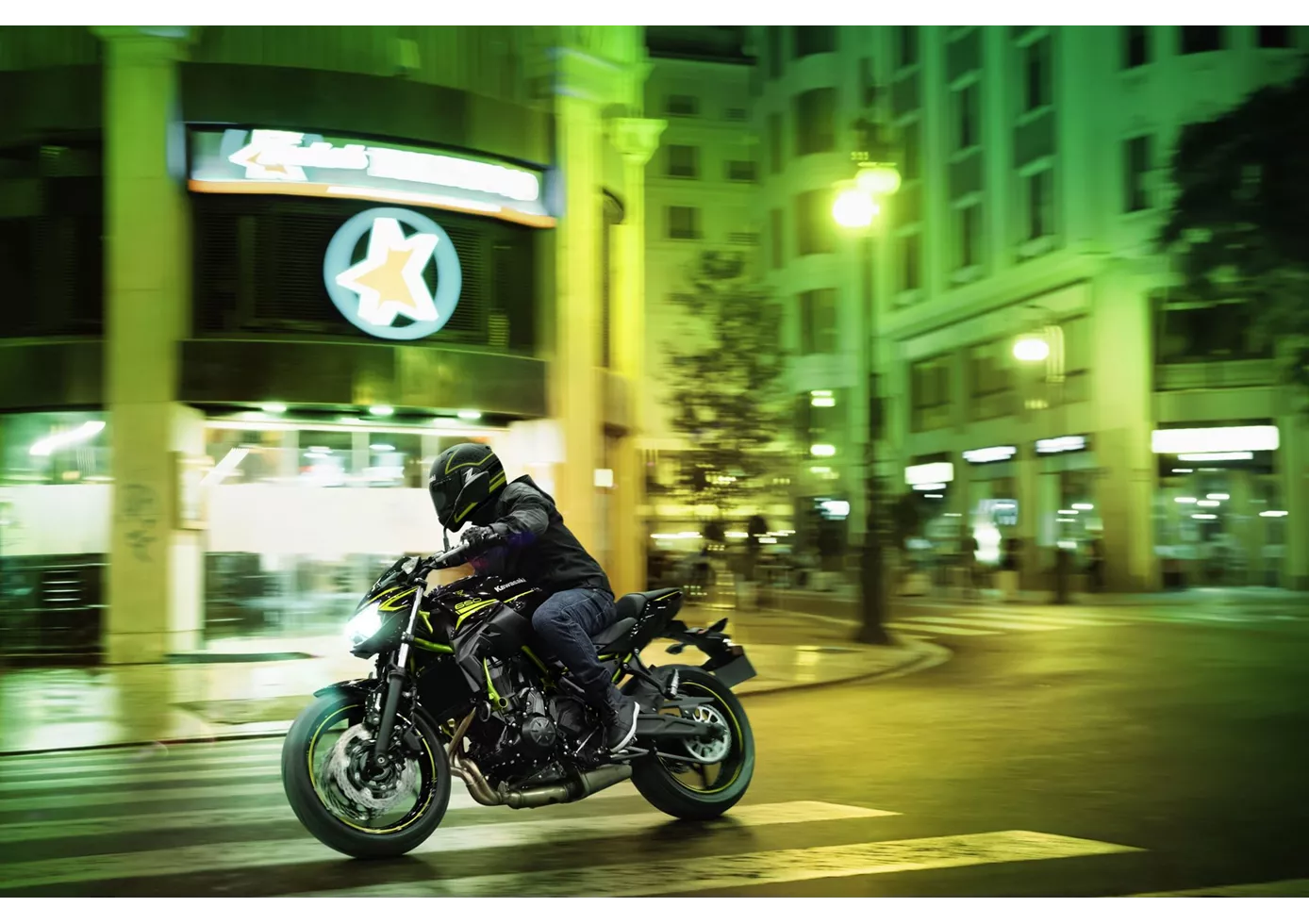
La nouvelle Z650 de Kawasaki est tout simplement un paquet complet. Les composants techniques ne sont peut-être pas à la hauteur, mais combinés entre eux, ils donnent une moto agréablement neutre, avec laquelle tout le monde aura beaucoup de plaisir. Pas de bizarreries - simplement une moto naked qui fonctionne vraiment bien sur les routes de campagne sinueuses. L'écran TFT, que nous ne trouvons pas encore chez la concurrence, ainsi que l'aspect adulte, qui s'inspire fortement des modèles Z plus grands, sont bien sûr des atouts supplémentaires. Seul le point de pression du frein avant aurait pu être plus clairement défini - mais dans cette catégorie de prix, on ne peut pas tout avoir.
Comparaison des prix Prix moyen du marché Yamaha XSR700 vs Kawasaki Z650
There are a few key differences between a Yamaha XSR700 2016 and a Kawasaki Z650 2020. In terms of price, the actual average price of a Yamaha XSR700 2016 is about 7% higher. A Yamaha XSR700 2016 experiences a loss of 100 USD in one year of ownership. This is offset by a loss of 30 USD for a Kawasaki Z650 2020. Compared to Kawasaki Z650 2020 there are less Yamaha XSR700 2016 bikes available on the 1000PS.de Marketplace, specifically 9 compared to 21. It takes less time to sell a Kawasaki Z650 with 80 days compared to 85 days for the Yamaha XSR700. Since model year 2015 1000PS.de editors have written 26 reviews for the Yamaha XSR700 and 31 reviews for the Kawasaki Z650 since model year 2017. The first review for the Yamaha XSR700 was published on 7/22/2015 and now has more than 13,700 views. This compares to more than 25,000 views for the first review on Kawasaki Z650 published on 11/8/2016.

